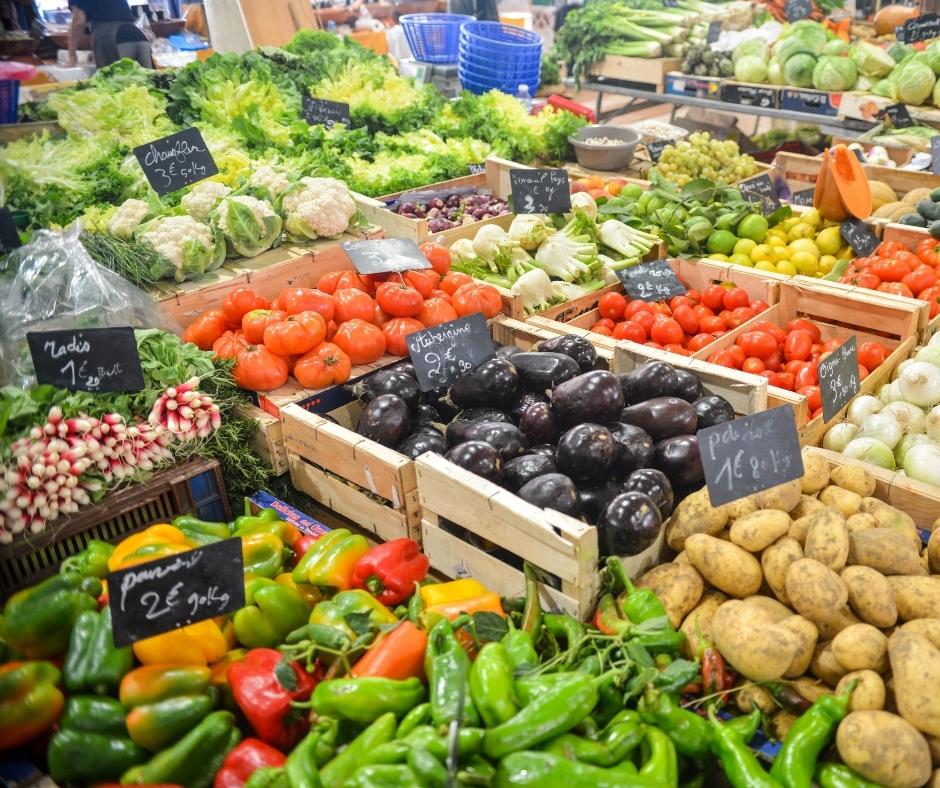Extend the Life of Your Fruits and Veggies!
You may have heard an apple a day keeps the doctor away, but what happens when your apple starts looking like it needs a check-up? Fruits and vegetables are essential to receiving enough nutrients during the day. However, their short shelf life can make it difficult to eat them before they go bad! According to the U.S. Department of Agriculture (USDA), nearly 31% of the food we purchase ends up in landfills. Here are some tips on ways to extend the life of those fruits and vegetables that have found their way to the bottom of your veggie drawer.
Re-FRESH It
Try not to judge a book by its cover – or in this case, a fruit by its peel. Just because your produce looks less than perfect doesn’t mean you need to toss it in the trash. Here are some ways you can still enjoy your produce even after it has seen better days:
- Bruised fruit: Dark, soft areas on fruit known as “bruises” are usually caused by a few bumps during its trip from the farm to your grocery store. You can still enjoy bruised fruits by cutting around the soft areas or peeling off the bruised skin or rind.
- Droopy Lettuce: You can refresh lettuce leaves that look a little floppy by placing them in a bucket of ice water for 10 minutes and then spinning them dry. Check out this easy lettuce spinning technique using only a plastic grocery bag! DIY Lettuce Spinning
- Sprouting Vegetables: Veggies like onions and potatoes may start growing green stems or small nubs known as “eyes.” Simply cut off the sprouts and remove any eyes before you prepare them.
Build a Broth
If you have a few different kinds of vegetables nearing their last days, consider transforming them into a hearty and nutrient-dense broth. You can eat broth on its own, or you can use it in recipes like soups, sauces, stews, chilis and casseroles. Not only can homemade broth be more flavorful than store-bought, but it can also be lower in sodium because you are in control of the seasonings.
Simple Broth Recipe
- Chop vegetables in large chunks.
- In a large pot, heat a tablespoon of oil, add in the chopped vegetables, and cook until soft.
- Season the veggies with your favorite seasonings.
- Pour water into the pot until the water covers the cooked veggies.
- Bring the water to a boil, reduce heat and simmer with the lid on for 50 minutes.
- Strain the broth using a colander and place the remaining liquid in a few shallow, sealable containers.
Use immediately or refrigerate for up to 3 days and freeze for up to 6 months according to the NSHFP storage guidelines.
Kitchen Scrap Gardening
Using these tips to extend the life of your vegetables is not only sustainable for the environment but also cost saving for you. Remember to always include fruits and veggies in every meal. A good rule of thumb is to follow the USDA’s MyPlate guidelines of filling half your plate with fruits and veggies. If you are looking for inexpensive produce options, consider joining a community garden, checking out your local farmer’s market or visiting the St. Louis MetroMarket when it pulls up at a stop near you. Click this link to find the MetroMarket’s scheduled stops in your neighborhood!
Written by Kristina Legg, Fresh Rx Innovation Dietitian
